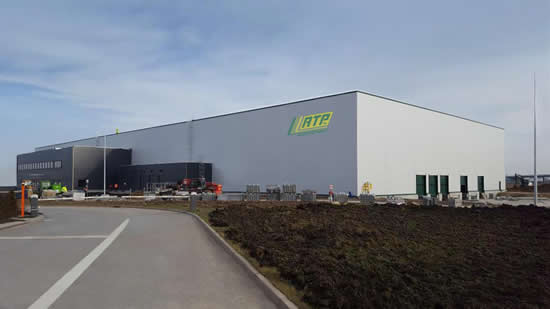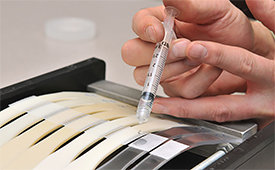- Silver streaking in molded parts, or “splay”, is a common occurrence in polycarbonate compounds with flame retardant additives. RTP Company developed an alternate formulation that eliminates splay and maintains the physical properties, flammability characteristics, and price of traditional formulas.
- Mar (the “scuffing” of a surface) is dependent on surface hardness and coefficient of friction. Anti-mar additives either increase hardness or lubricate surfaces, but seldom do both.
- If a precolored compound does not achieve your desired gloss or surface finish, consider an electrostatic paintable compound. The part will attract paint particles without a conductive coating to achieve your target appearance.
- Aliphatic Polyketone (RTP 4500 Series) can be laser marked with a light or colored mark on a black background.
- The best fit for RTP Company nanocomposites is improved barrier properties or enhanced thermal performance. Also, nanocomposites have a lower heat release, particularly in flame retardant compounds.
- The RTP 1800A Series PC/Acrylic alloy compounds demonstrate exceptionally high notched impact values of 30 ft lb/in. (1602 J/m). The flame retardant version has notched impact of more than 15 ft lb/in. (802 J/m). When combined with UL 94 V-0 ratings, these materials are excellent for instrument housings.
- Controlling the coefficient of thermal expansion (CTE) is critical to plating success. RTP Company has an extensive database of CTE test results to help us formulate virtually any compound for plating, including those with flame retardant, conductive, and structural enhancements.








